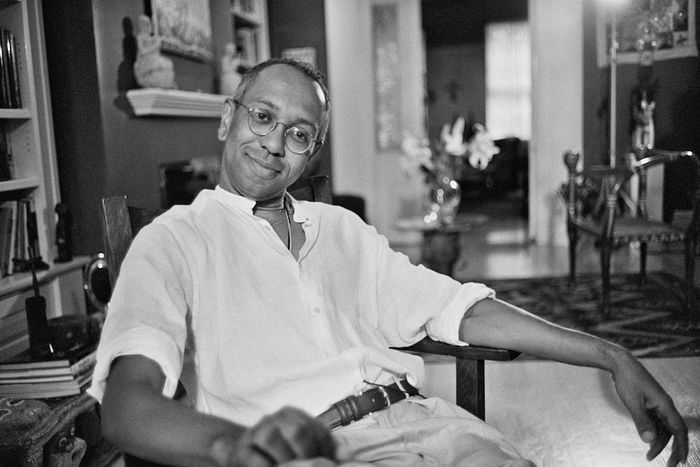
George C. Wolfe started as a playwright on the fringes, but by the beginning of 1996 he had a Tony for directing Angels in America and a hit musical weeks from opening on Broadway. Bring in ‘da Noise, Bring in ‘da Funk would run for three years and win him a second Tony. Negotiating the show’s deal apparently also gave Wolfe some cash: That January, he bought a $1.75 million home near Gramercy Park, a three-story brick charmer designed around the turn of the 20th century by an unlicensed architect who had combined the shells of two 19th-century stables into a home that felt like a “country cottage in the midst of a city block,” according to the Sun.
The owner before Wolfe was also a denizen of New York theater: Lincoln Kirstein, who was best known for founding the New York City Ballet, and held late-night strategy sessions about its future at the house. Kirstein came from money — his father was a partner in Filene’s, the Boston department store — and he got the house as a gift from his mother in 1953. But he eschewed posh trimmings: Décor included “cat artifacts,” and the paintings were hung salon style. Still, there were lots of famous visitors: George Balanchine of course, whom Kirstein brought in to lead the ballet; Andy Warhol, who was impressed enough to note his visit in his diary; and Cecil Beaton, who photographed Kirstein and his wife in the house.
For Kirstein, the draw might have been the home’s unique layout. The building started as a horse stable. In the 1860s, it became a carriage shop, and an owner built an apartment for his family upstairs. At some point, a separate building was added out back: When a well-known vocal coach, Anna Burritt, and her family arrived after the turn of the 20th century, they found two separate stables — a main building, on the street, and a smaller one in back. She consulted architects but ended up designing the place on her own, with a vision for a home that would combine the two buildings into three separate spaces: a studio on the ground floor where she and her husband could give singing lessons, an apartment upstairs for renters (which was soon taken over by their married daughter), and a private home in the back. Burritt’s renovation included antique latches, oak floors, and a room described as a “conservatory” with angled upper windows. Kirstein had a very specific use for the separate apartment, as it turned out. Historian Tom Miller found the rental in the front had been home to the artist Alexander Jensen Yow and dancer José Martinez, Kirstein’s lovers.
Wolfe seems to have also rented it out, with records showing other names registered to an “Apartment 1” over the years. (Wolfe and his broker declined to participate in this story.) He also seems to have renovated the building to combine the apartments into a unified home, while preserving the old oak floors, the conservatory room, and a beamed ceiling that might date back to the stable days. In an office where the built-ins are the same tomato red as the walls, the shelves show hundreds of books — plus two of Wolfe’s Tonys.






